Among the rich natural beauty of Fiji lies the true heart of the country, the people. One of the most beautiful aspects of Fijian culture is the practice of sharing loloma (love) with others. This custom is also evident here in the Fiji Village at the Polynesian Cultural Center.
At the Center, students get to share their history, traditions and living culture with visitors from around the world. Fane Koi from Suva, Fiji, a student who attends Brigham Young-University-Hawaii, is a wonderful example of sharing Loloma at the Center’s Fiji Village.
Growing up in Fiji
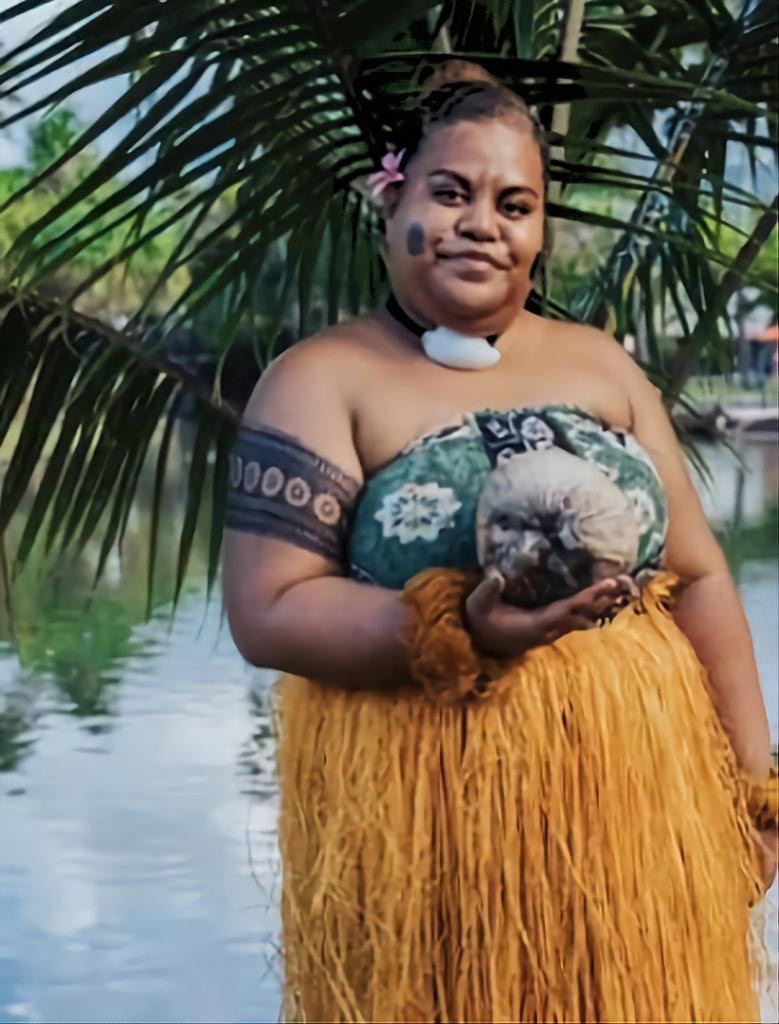
Fane Koi in the Fiji Village
Fane is from the main capital city of Suva in the Pacific island nation of Fiji; she grew up moving around the capital.
Fane shares, “Home to me is not the place, but the people. My family moves around the capital of Fiji a lot, so as long as we have made friends within our community, we are basically family.”
“I was the only sibling not raised at home, my aunt and my uncle’s family raised me. I grew up on a large piece of land, about the size of Lā‘ie, which has been in the family for generations.”

Young boy and Worker performance in the Fiji Village
Sharing Stories is a Tradition
Stories are an integral part of Fijian culture. They can serve many purposes, including preserving family genealogy and traditions, or teaching important lessons to the younger generation.
Fane explains while growing up, “My grandparents would tell stories of things like the past and traditions and cultures. My grandma was raised in a village, and deeply rooted in her Fijian culture; she was the primary storyteller in our family.”
“I want to continue to share the same stories my grandma shared. She repeats the same stories so many times, but I plan on switching up small parts to keep my future kids interested!”
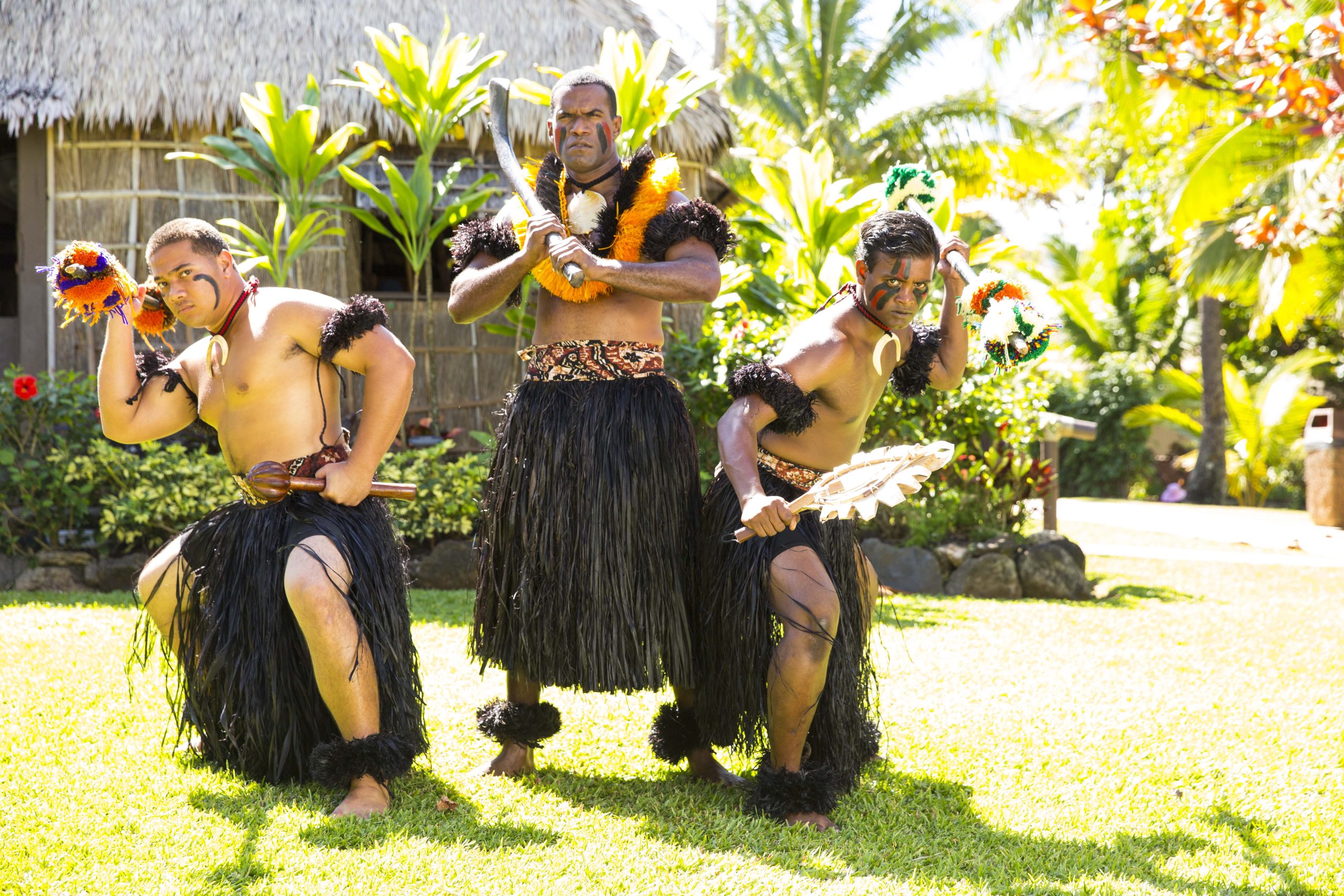
Fiji Warriors in the Village
Language Connects Generations
Before the arrival of European explorers oral tradition was utilized to share important events, genealogies, and history. Even today genealogies are kept and shared orally. Many of the young children are schooled in their bloodlines and can recite their family members’ names today.
Fane shares, “Language is a form of identity. It not only identifies who we are and shows us a glimpse of who our ancestors are and what they did. I have found that there are some similarities between other Polynesian cultures which shows that our ancestors met and there was a form of cultural exchange. We are more connected than I realized.”
Traditions in the Fiji Village
There is so much to explore in the Fiji Village at the Center! Fane has worked there for a year in the Fiji Village, along with other students who are eager to share their culture, language, and traditions with visitors to the Center from around the world.
“Working in the Fiji Village has been home. It’s like living in Fiji where the relationship is like a family even if you aren’t related.” Fane explains.
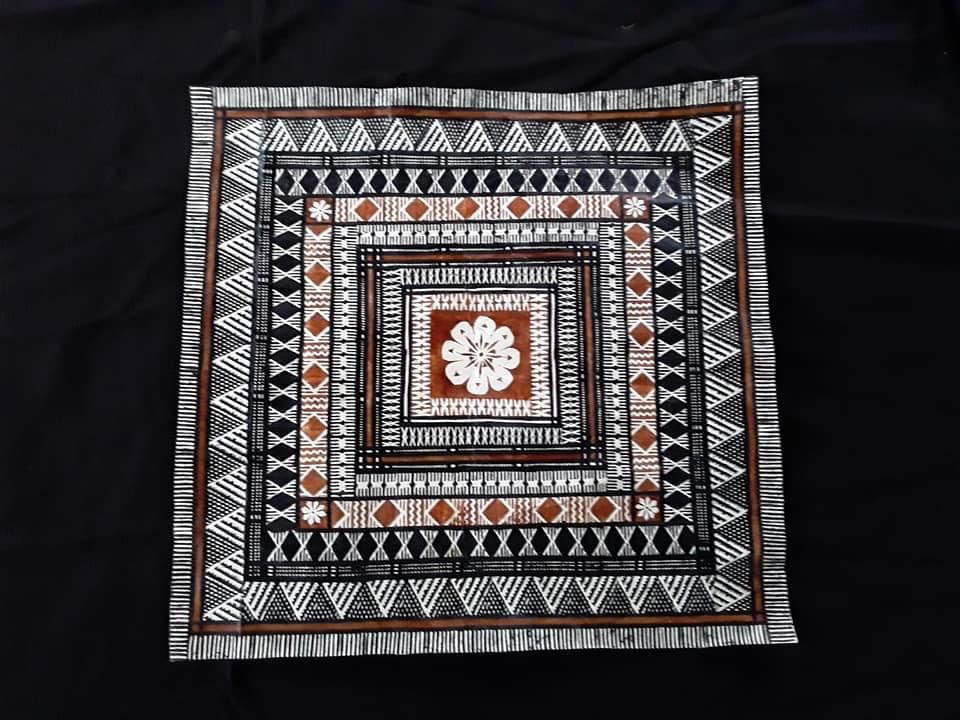
Traditional Masi created by Koto Matemosi
Fane’s favorite part to share in the village is the beautiful Masi (tapa cloth). Masi is made from the bark of the mulberry tree which is stripped from the stem, soaked, and beaten with a mallet into sheets-, they can then be decorated with symbolic patterns using natural dyes.
“The patterns on the Masi are similar to the tattoo patterns, this is a way that our ancestors share their story. There are some patterns on the Masi that would identify the area or region you would come from.”
Fane Koi
Learn more about all you can discover in the Fiji Village through the blog, Fiji Day at the Polynesian Cultural Center
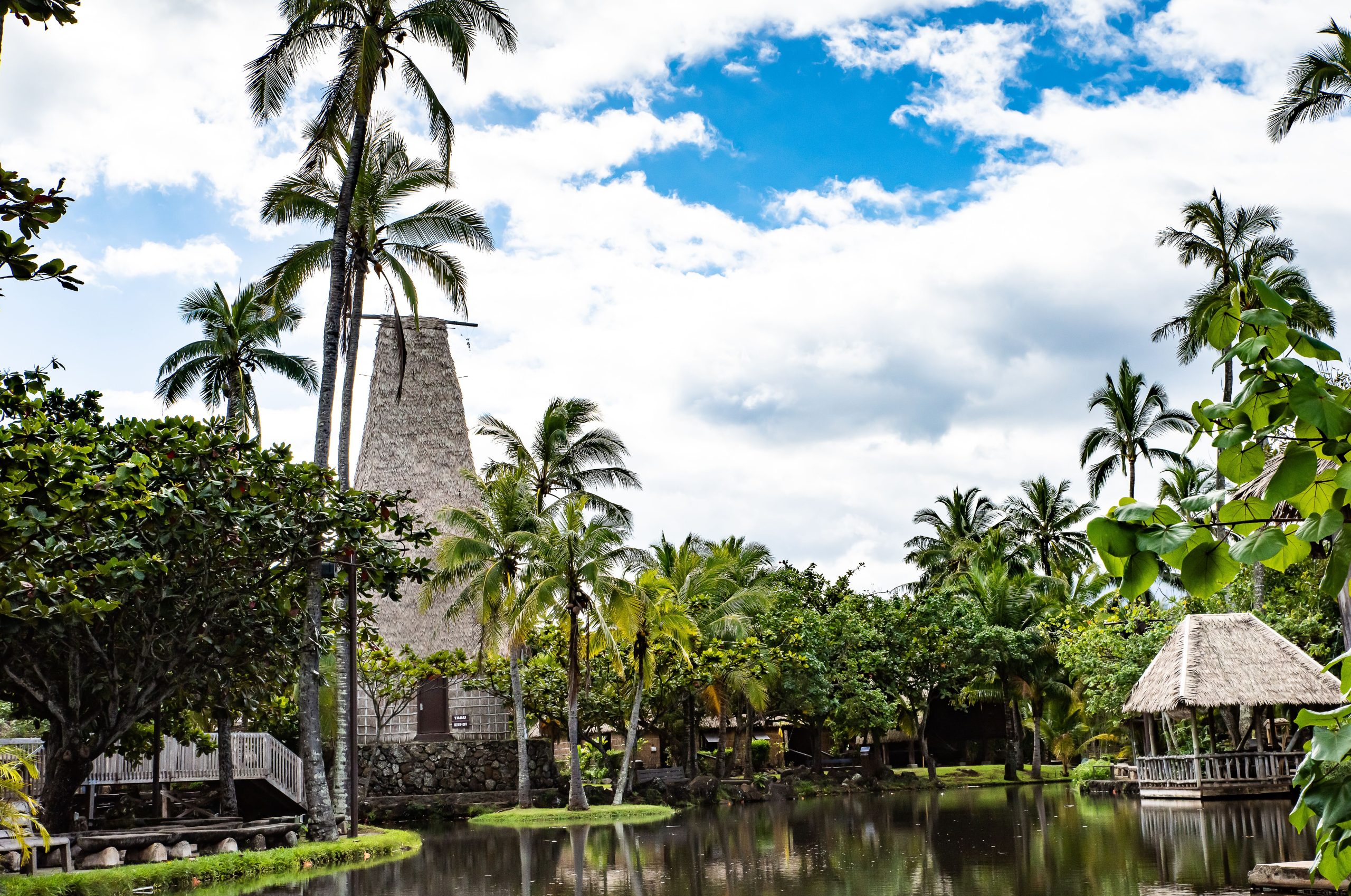
Fiji Village and Lagoon at the Polynesian Cultural Center
Creating a Legacy
Just like Fane, many students from the Asia-Pacific rim have the opportunity to study and gain their education at Brigham Young-University Hawaii through a program called I-Work. The Center was built so students can work, and the earnings go directly towards their tuition, housing, and meal plans.
As a Hospitality and Tourism Management major, Fane has been actively learning how she can pioneer sustainable tourism in her home country.
“I come from a place where it is a privilege to work and attend school, being able to both work and earn an education is a blessing. We are grateful because the school and the Center has looked after us.”
Working at the village has allowed her to stay connected to her culture and continue to share her Loloma from her home country with others.
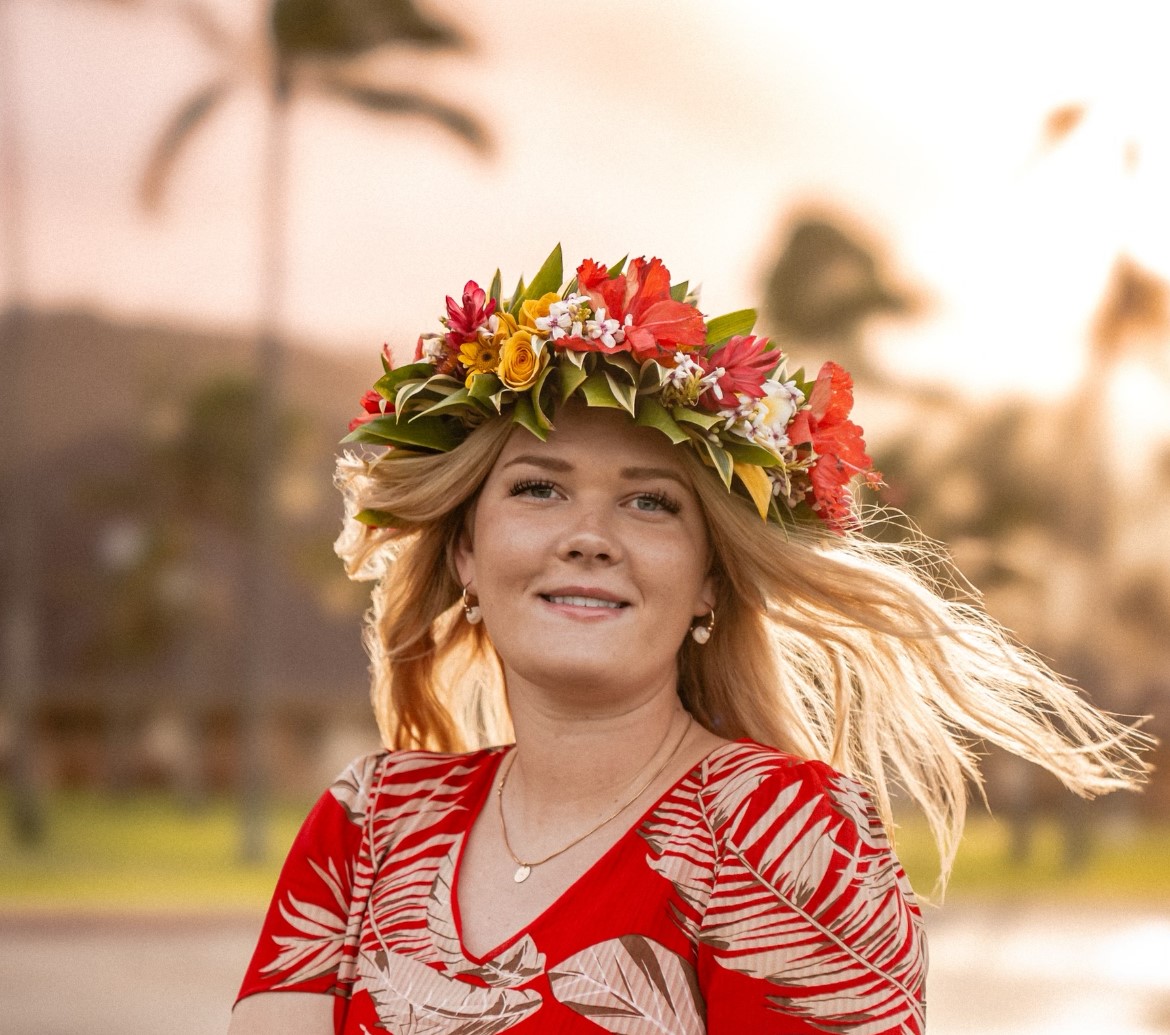 Brooklyn MacDonald, born and raised in Canada now calls the bright town of Lā’ie home. You’ll find her reading, visiting and learning all about culturally historic sites wherever she goes. Her hobbies include collecting shells, swimming, traveling to experience new foods and cultures, and musicals. Her blogs highlight the dynamic heritage, culture and traditions of Polynesia. It is a privilege to share Polynesia’s living culture with others.
Brooklyn MacDonald, born and raised in Canada now calls the bright town of Lā’ie home. You’ll find her reading, visiting and learning all about culturally historic sites wherever she goes. Her hobbies include collecting shells, swimming, traveling to experience new foods and cultures, and musicals. Her blogs highlight the dynamic heritage, culture and traditions of Polynesia. It is a privilege to share Polynesia’s living culture with others.

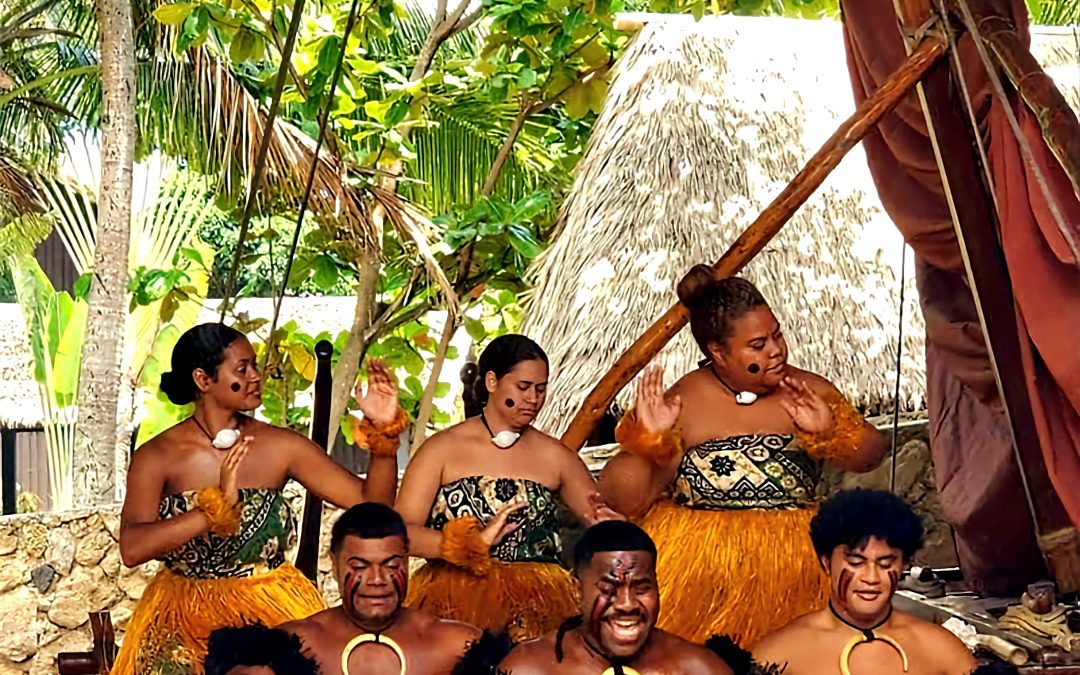
Recent Comments